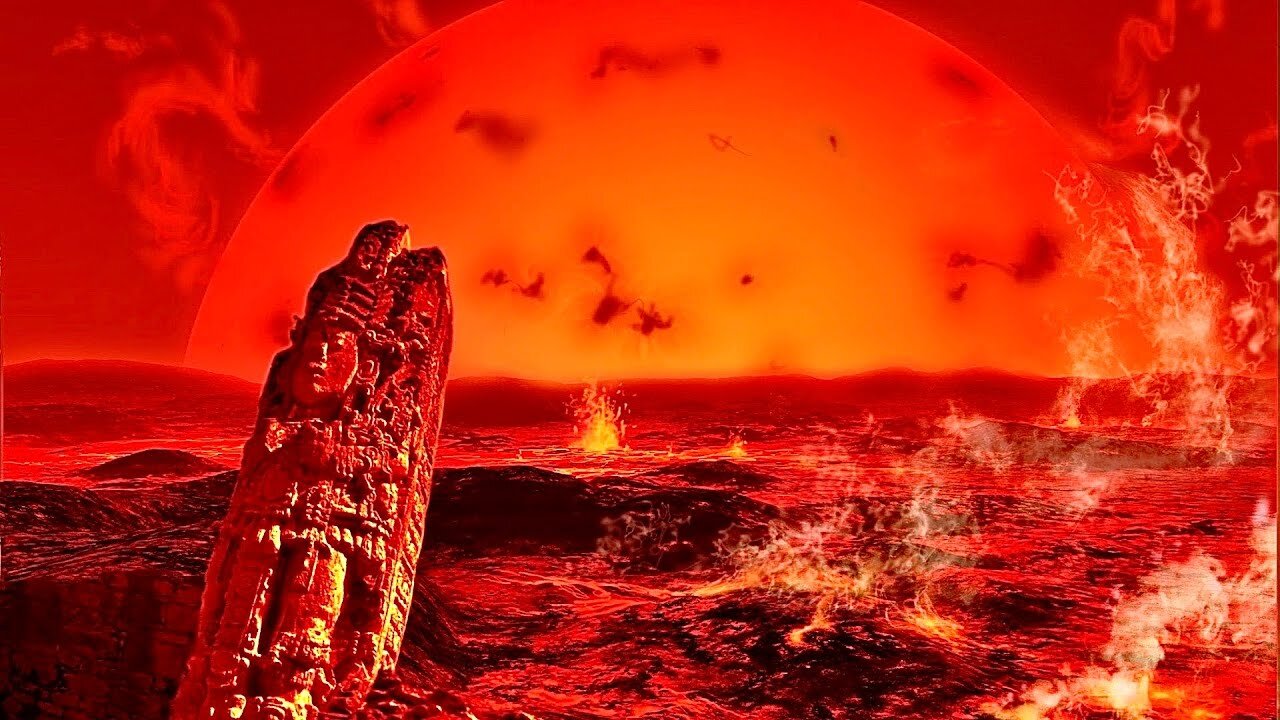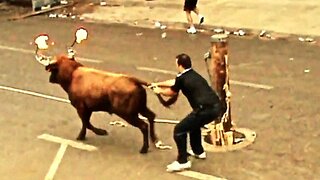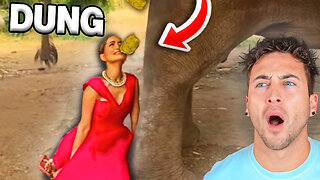Premium Only Content

How Our Sun Will Die - Full Documentary
The sun gives energy to life on Earth, and without this star, we wouldn't be here. But like most things in space, even stars have limited lifetimes, and someday our sun will die. You don't need to worry about this solar death anytime soon, though. Inside the sun, a churning fusion engine fuels the star, and it still has a lot of fuel left — about 5 billion years' worth. Stars like our sun form when a huge cloud of gas (mostly hydrogen and helium) grows so large that it collapses under its own weight. The pressure is so high in the center of that collapsing mass of gas that the heat reaches unimaginable levels, with temperatures so hot that hydrogen atoms lose their electrons. Those naked hydrogen atoms then fuse together into helium atoms, and that reaction releases enough energy to counter the intense pressure of gravity collapsing the cloud of gas. The battle between gravity and the energy from fusion reactions fuels our sun and billions of other stars in our galaxy and beyond.
What will happen when the sun dies?
But in about 5 billion years, the sun will run out of hydrogen. Our star is currently in the most stable phase of its life cycle and has been since the birth of our solar system, about 4.5 billion years ago. Once all the hydrogen gets used up, the sun will grow out of this stable phase. With no hydrogen left to fuse in the core, a shell of fusion hydrogen will form around the helium-filled core, astrophysicist Jillian Scudder wrote in an article for The Conversation. Gravitational forces will take over, compressing the core and allowing the rest of the sun to expand. Our star will grow to be larger than we can imagine — so large that it'll envelope the inner planets, including Earth. That's when the sun will become a red giant.
For about a billion years, the sun will burn as a red giant. Then, the hydrogen in that outer core will deplete, leaving an abundance of helium. That element will then fuse into heavier elements, like oxygen and carbon, in reactions that don't emit as much energy. Once all the helium disappears, the forces of gravity will take over, and the sun will shrink into a white dwarf. All the outer material will dissipate, leaving behind a planetary nebula.
"When a star dies, it ejects a mass of gas and dust — known as its envelope — into space. The envelope can be as much as half the star's mass. This reveals the star's core, which by this point in the star's life is running out of fuel, eventually turning off and before finally dying," said astronomer Albert Zijlstra, of the University of Manchester in the United Kingdom, in a statement.
Astronomers estimate that the sun has about 7 billion to 8 billion years left before it sputters out and dies. Humanity may be long gone by then, or perhaps we'll have already colonized another planet.
#science
#space
#solarsystem
-
 6:57
6:57
Seeker Land
3 months agoMAN AND BEAST - Part 13
66 -
 UPCOMING
UPCOMING
Sean Unpaved
1 hour agoBen Johnson Has Caleb Williams Playing Best Football Of His Career! | UNPAVED
27 -
 3:11:24
3:11:24
Right Side Broadcasting Network
4 hours agoLIVE REPLAY: President Trump’s Veterans Day Wreath Laying Ceremony and Address - 11/11/25
42.8K13 -
 18:09
18:09
Professor Nez
1 hour ago🚨🔥HOLY MACKEREL! Chuck Schumer FLEES the Senate Floor when CONFRONTED on Obamacare FRAUD!
8.36K11 -
 1:07:04
1:07:04
The White House
2 hours agoPresident Trump and Vice President JD Vance Deliver Remarks
8.35K9 -
 LIVE
LIVE
The Shannon Joy Show
1 hour agoTrump & The Terrorist * MAHA Dead In DC? * Winter Weather Warfare: Live Exclusive W/ Dane Wigington
271 watching -
 35:12
35:12
Grant Stinchfield
1 hour agoHow Faith, Forgiveness, and Grit Keep the Oldest Among Us Alive and Thriving
3.54K -
 1:01:55
1:01:55
VINCE
3 hours agoYoung Men Are Taking The Red Pill (Guest Host Hayley Caronia) | Episode 166 - 11/11/25 VINCE
170K108 -
 LIVE
LIVE
LFA TV
15 hours agoLIVE & BREAKING NEWS! | TUESDAY 11/11/25
3,942 watching -
 1:54:13
1:54:13
Nikko Ortiz
3 hours agoPainful Morning Fails... |Rumble Live
17.5K1